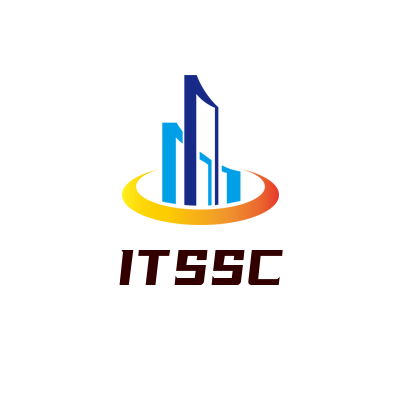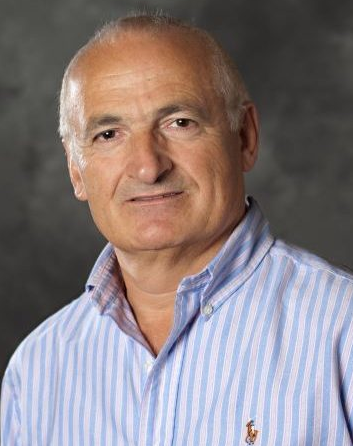
Prof. Petros Ioannou, University of Southern California, USA
IEEE Fellow, Member of the NAE, Foreign Member of the EAS
Petros A. Ioannou received the B.Sc. degree with First Class Honors from University College, London, England, in 1978 and the M.S. and Ph.D. degrees from the University of Illinois, Urbana, Illinois, in 1980 and 1982, respectively.
In 1982, Dr. Ioannou joined the Department of Electrical Engineering-Systems, University of Southern California, Los Angeles, California. He is currently the A.V. ‘Bal’ Balakrishnan Chair Professor in the same Department and the Director of the Center of Advanced Transportation Technologies. He also holds courtesy appointments with the Departments of Aerospace and Mechanical Engineering and Industrial System Engineering. He is also the Associate Director for Research for the University Transportation Center METRANS at the University of Southern California. He is an Affiliated Professor of the KIOS Center of Excellence at the University of Cyprus. He was visiting Professor at the University of Newcastle, Australia and the Australian National University in Canberra during parts of Fall of 1988, the Technical University of Crete in summer of 1992 and Fall of 2001 and served as the Dean of the School of Pure and Applied Science at the University of Cyprus in 1995. In 2008/2009 he was a faculty member at the Department of Electrical Engineering and Information Technologies of the Cyprus University of Technology while on sabbatical leave from the University of Southern California.
His research interests are in the areas of robust adaptive control, vibration control, neural networks, nonlinear systems, vehicle dynamics and control, intelligent transportation systems and marine transportation.
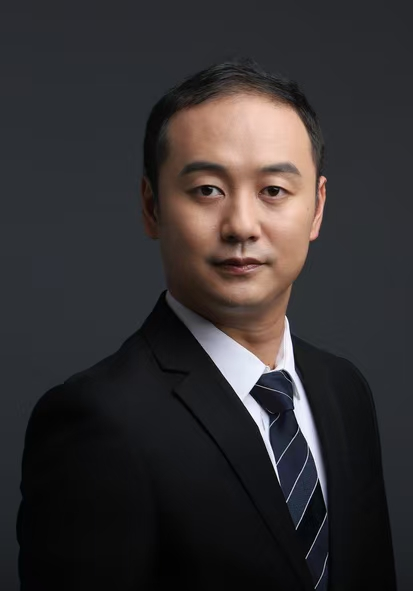
Prof. Xin Li, Dalian Maritime University, China
National-Level Young Talent
The doctoral graduate from the University of Wisconsin-Madison is dedicated to researching the organization and optimization of urban public transportation operations. He has published 66 high-level academic papers, including more than 40 in authoritative journals such as the TR series and IEEE series. He holds 22 authorized patents and has served as the chief editor of two academic monographs. He has led over 30 research and engineering practice projects, including topics from the national key R&D program, youth and general projects funded by the National Natural Science Foundation, and transportation technology projects in Chongqing.
He has been recognized as a top young talent in the transportation industry by the Ministry of Transport and has received several important provincial and ministerial-level research awards, including the first prize of the Scientific and Technological Award from the China Highway Society, the Excellent Young Science and Technology Talent Award from the China Intelligent Transportation Association, and the second prize of Shanghai Science and Technology. His research findings have been scaled up and integrated into large cities like Chongqing and Panjin in Liaoning Province and have been repeatedly included in typical case collections on transportation development by the Ministry of Transport and the Chongqing Municipal Government.
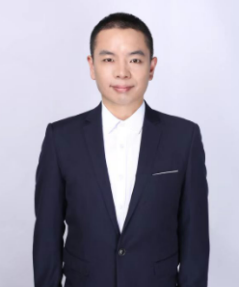
Prof. Xiaolin Tang, Chongqing University, China
National-Level Young Talent
Tang Xiaolin, Professor of Mechanical and Transportation Engineering at Chongqing University and a national-level young talent. His main research areas include optimization design and control of new energy vehicles, as well as perception and decision-making of intelligent vehicles. In recent years, he has led 4 projects funded by the National Natural Science Foundation and over 10 provincial and ministerial-level projects. He has published more than 90 SCI papers as the first author or corresponding author in authoritative domestic and international journals, authored 2 English monographs and 2 Chinese translated works, and holds 28 authorized invention patents as the first inventor. He serves as an editorial board member for leading journals such as IEEE TVT, IEEE T-ET, and CJME.
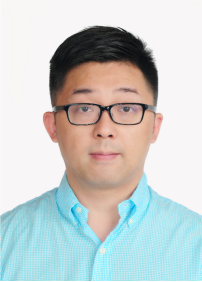
Prof. Yongfu Li, Chongqing University of Posts and Telecommunications, China
National-Level Young Talent
Associate Dean of the School of Automation at Chongqing University of Posts and Telecommunications, a National High-level Young Talent and Advanced Individual Awardee of the Chongqing Innovation and Pioneer Award. He serves as the Director of the "Chongqing University Engineering Technology Research Center for Intelligent Connected Vehicle Technology" and the "Key Laboratory of Intelligent Air-Ground Collaborative Control of Chongqing Universities." Concurrently, he is a Senior Associate Editor of IEEE Transactions on Intelligent Transportation Systems (T-ITS) and an Associate Editor of AUIN, as well as an editorial board member of TR-C and the journal Acta Automatica Sinica. He has led and undertaken more than 20 national and provincial-level projects, including the National Key R&D Program. He has published over 60 SCI papers and authored 2 monographs. He has also led the team to win five awards, including the First Prize of the Chinese Association of Automation Science and Technology Progress Award.
